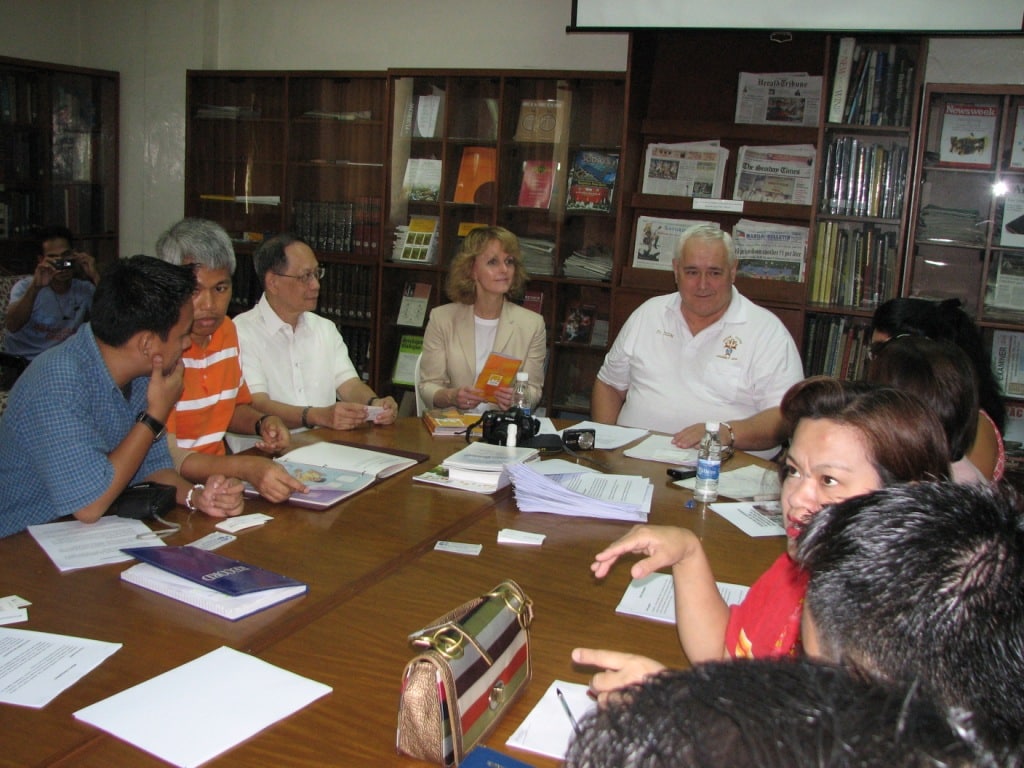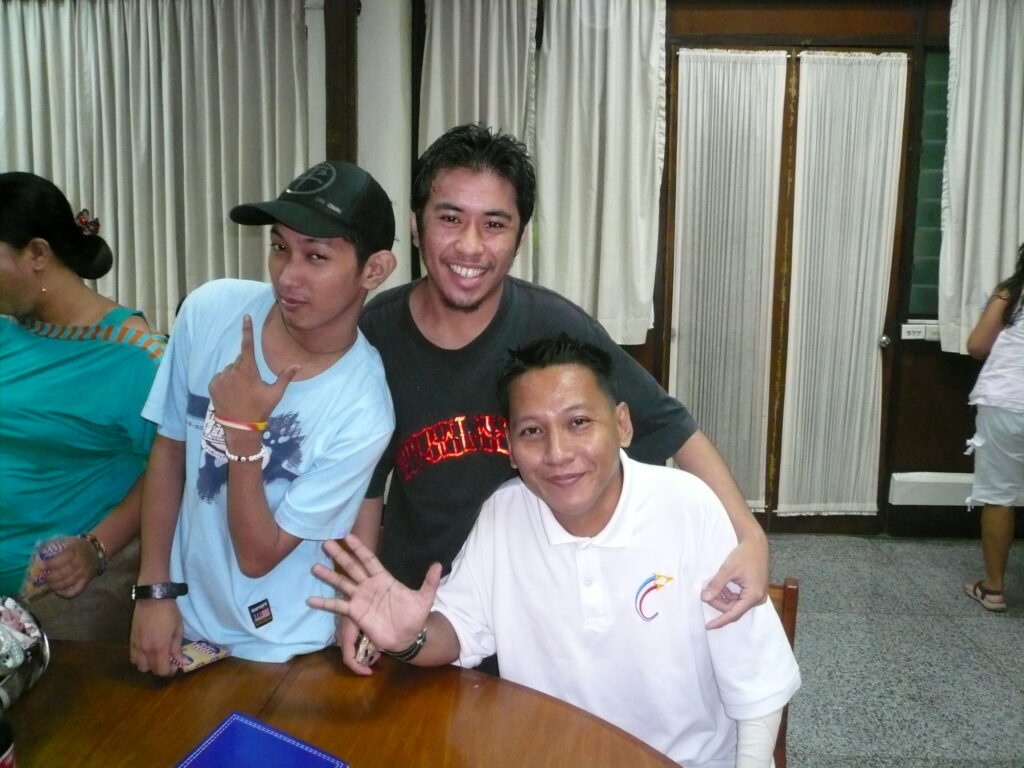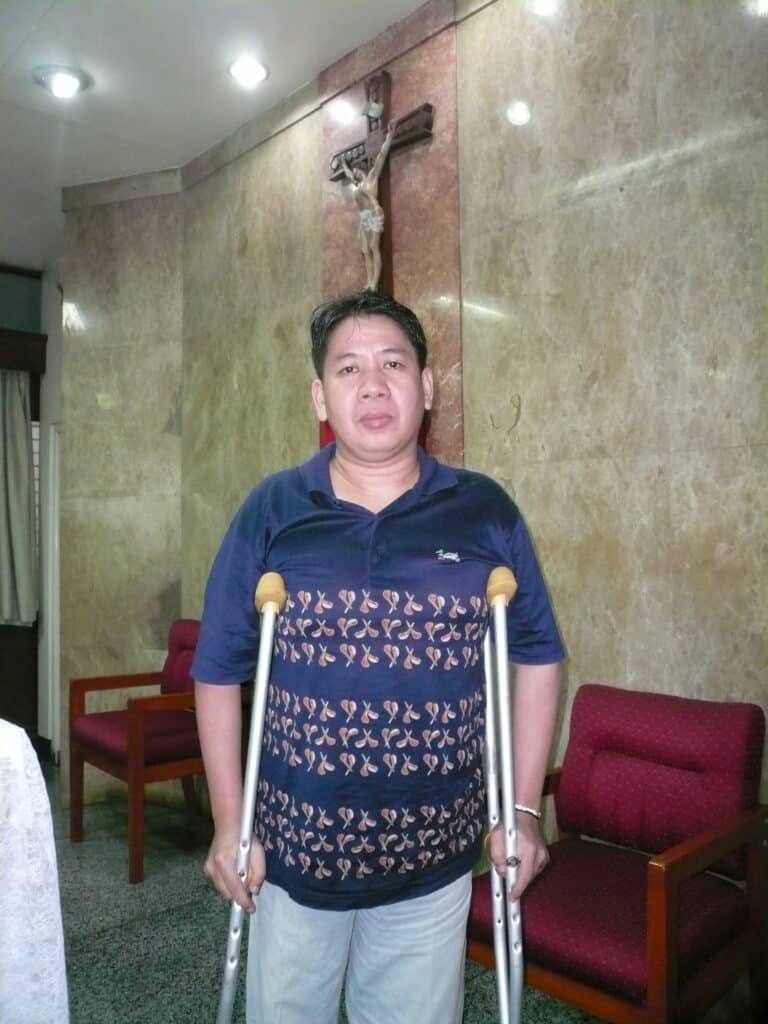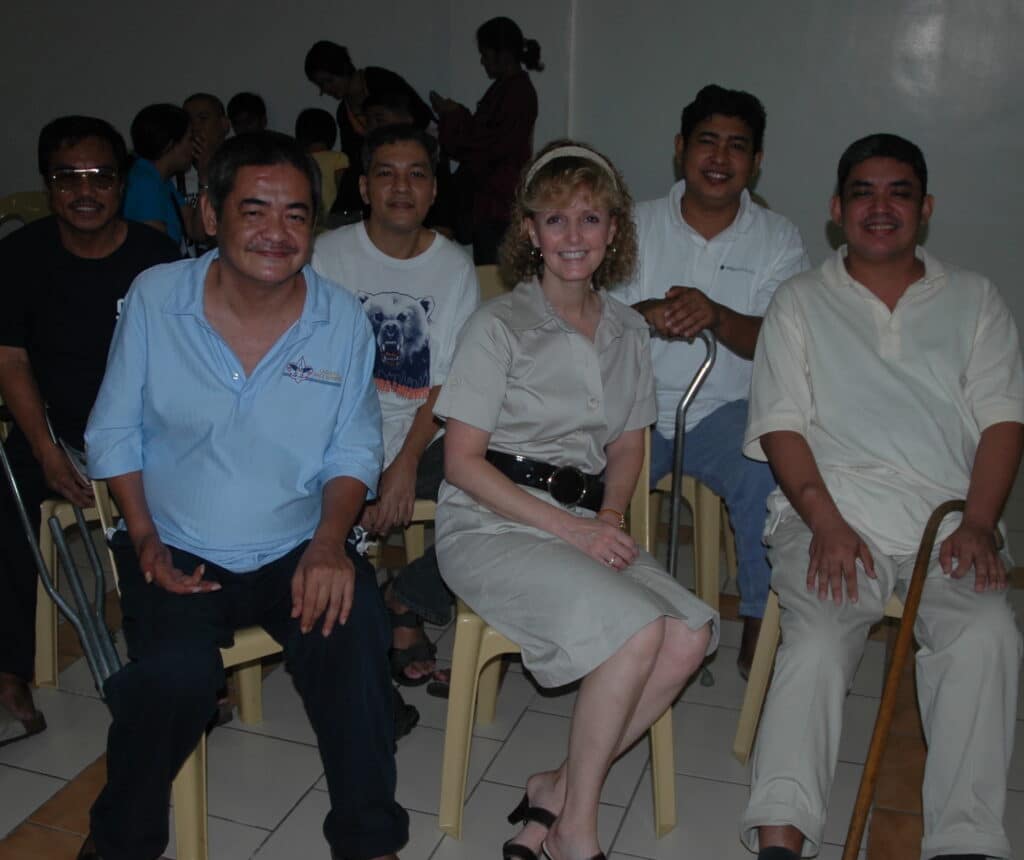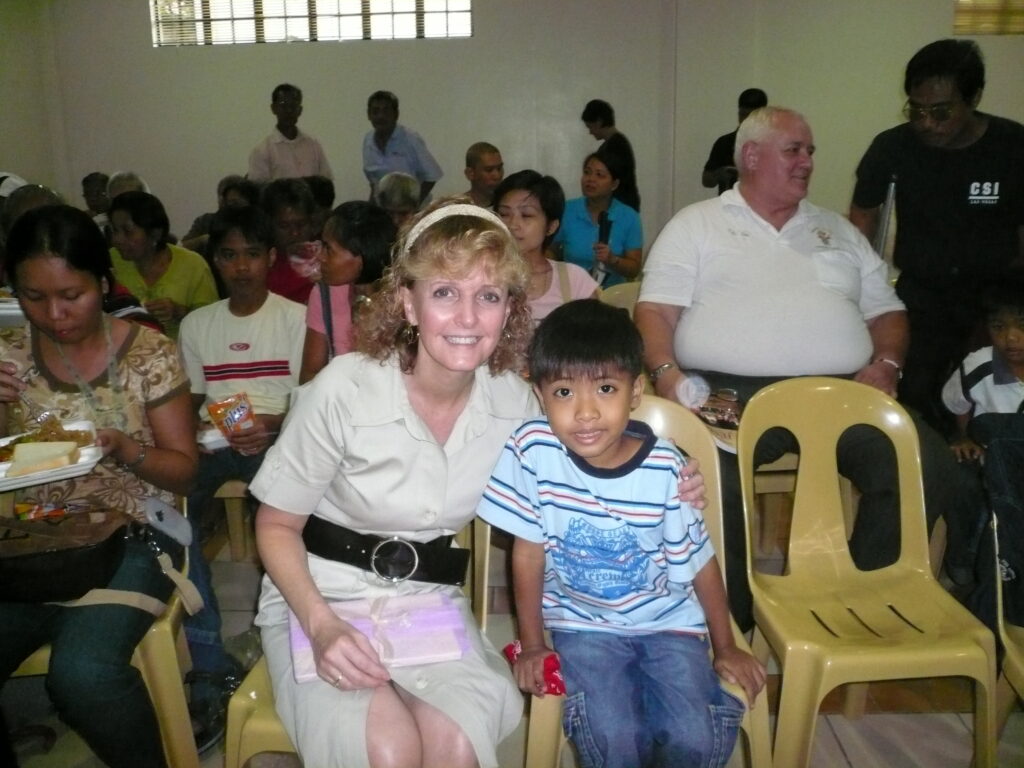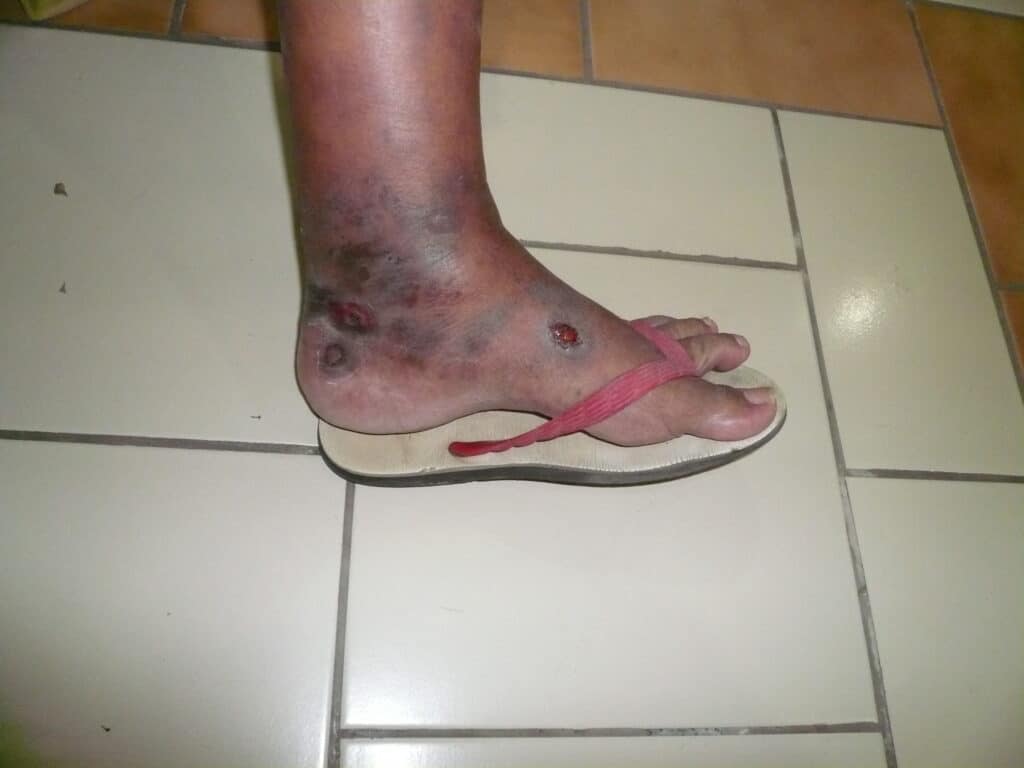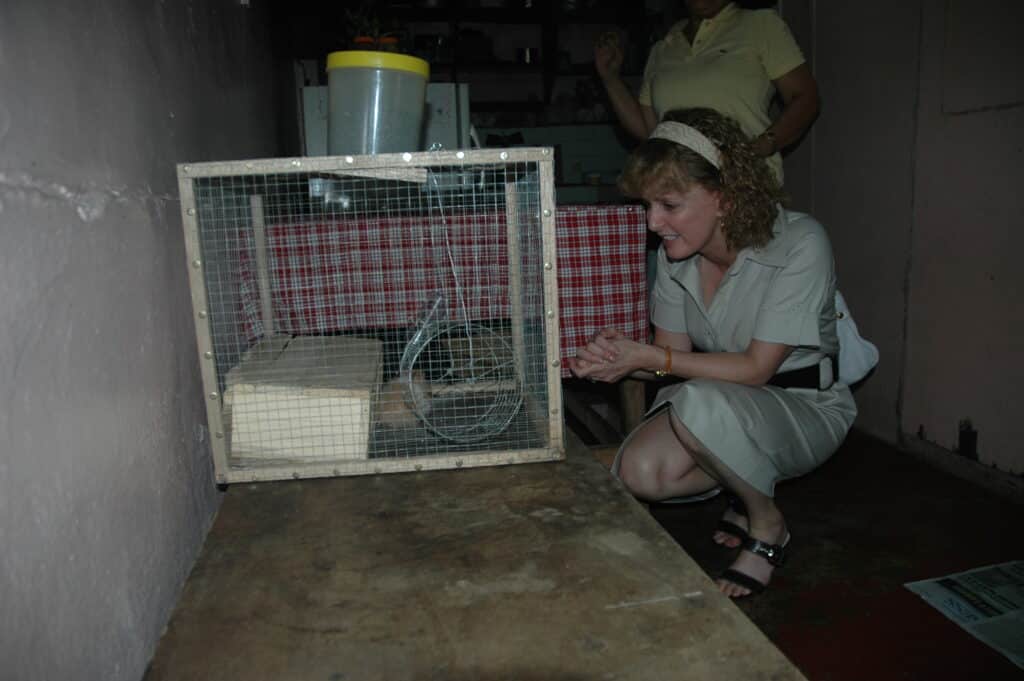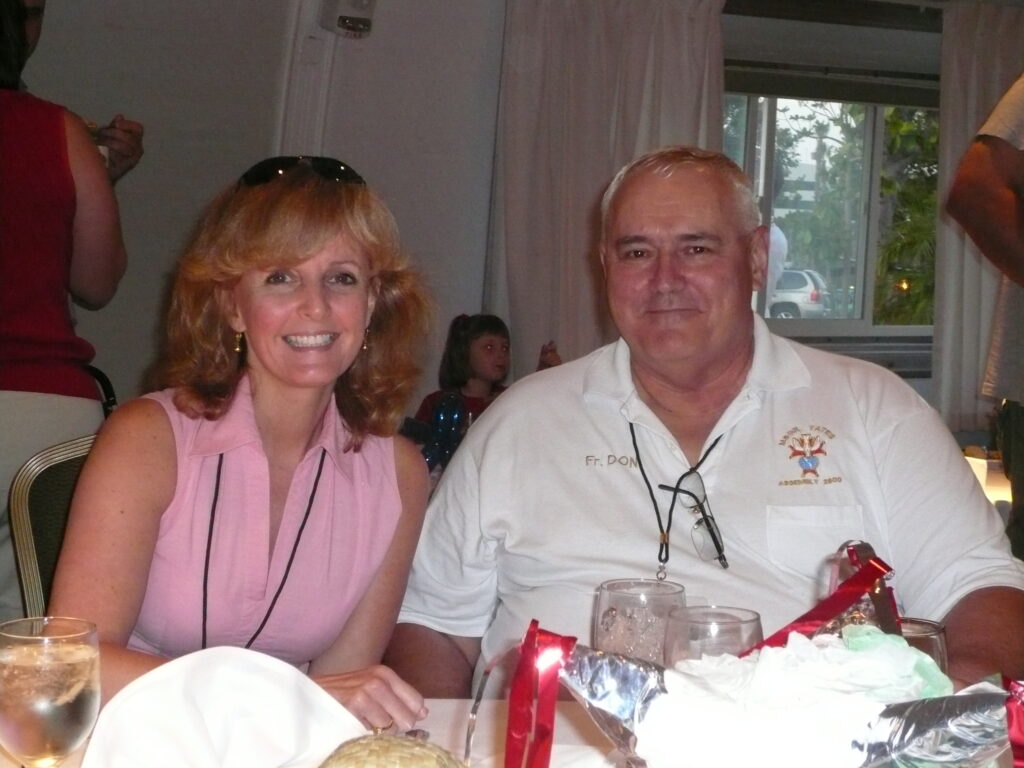Philippine Journal: Day 5
Our whirlwind fact-finding mission to the Philippines continues. I’ve been to many developing countries in different parts of the world, but the overwhelming things that stand out in the Philippines are these: tremendous compassion for one another. I’ve never seen a community where there is so much obvious love, respect and concern for the hemophilia patients. It’s a remarkable testament to the Filipino culture and their Christian faith. Families care deeply about one another; doctors care deeply for their patients; the hemophilia national organization cares deeply for its members. It shows in every gesture, word, action.
But it’s not enough. I’ve also seen that the Philippines has a noticeably high rate of pseudotumors, premature deaths, joint deformities, and lack of infrastructure. The hospitals are not maintaining adequate patient registries, there is little government lobbying and even after so many years of intervention, still no factor. But there’s hope in uniting this deep compassion with a written strategy and plan for the future.
On Wednesday, October 15, our team — Rose Noyes, Father Don Kill and I — went to visit patients in their homes. First stop was 16-year-old Cil Juner, or “Jun Jun.” (Nicknames are common here). He lives with his parents and two year old sister in a very small apartment in Manila. Small means two rooms which house: their beds (just slats of wood, which convert to seats in the daytime), table, a photography studio, clothes; about 12 x 12. Melody, the mom, runs a studio for portraits. Jun Jun always has a smile and wants to be a photographer someday too. We will enroll him in Save One Life, and hope that his sponsorship money will help him in his career someday. The family is poor, cannot afford factor, and Jun Jun has some arthropathy. It’s difficult for him to climb the many steps to the second floor to get home. But what a lovely family! As they welcomed us like royalty, Melody brought our delicious sweets that she herself had made. Despite their obvious lack of money, they still put visitors first.
After this visit we drove some more in a taxi through the streets of Manila to see Randolph, who is a board member of HAPLOS. His house is in a nice district, and we were happy to see a pretty brick home with a lovely garden in the front. Realty set in when we realized that this was not his house: Randolph and his wife Mel live in a one room apartment off the side of the house. To access it, Randolph, who has severe contractures in his leg joints, must scale a long staircase each day. He climbed the stairs in obvious pain, never once complaining.
Inside, we squeezed together on one seat, while Randolph and Mel introduced us to their 18-year-old son, a tall, healthy looking young man who is in college. He showed us their loft, where he sleeps, directly above the living area. I quickly estimated the size of the dwelling to be about 12 x 12 also, with a higher ceiling to accommodate the loft. Two grown boys sleep in the loft. The parents flatten out the old, cracked vinyl couch, from which foam protrudes, and for a bed at night. Right next to them is the filled propane tank which fuels their cooking fire. Kitchen, living area are one, and the loft is directly above.
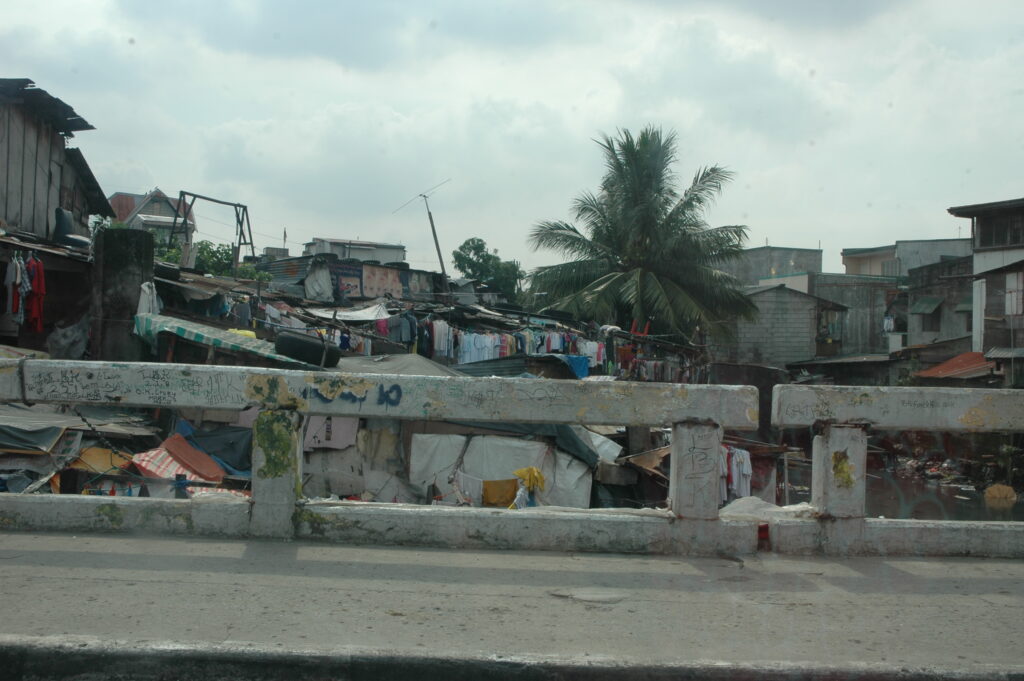
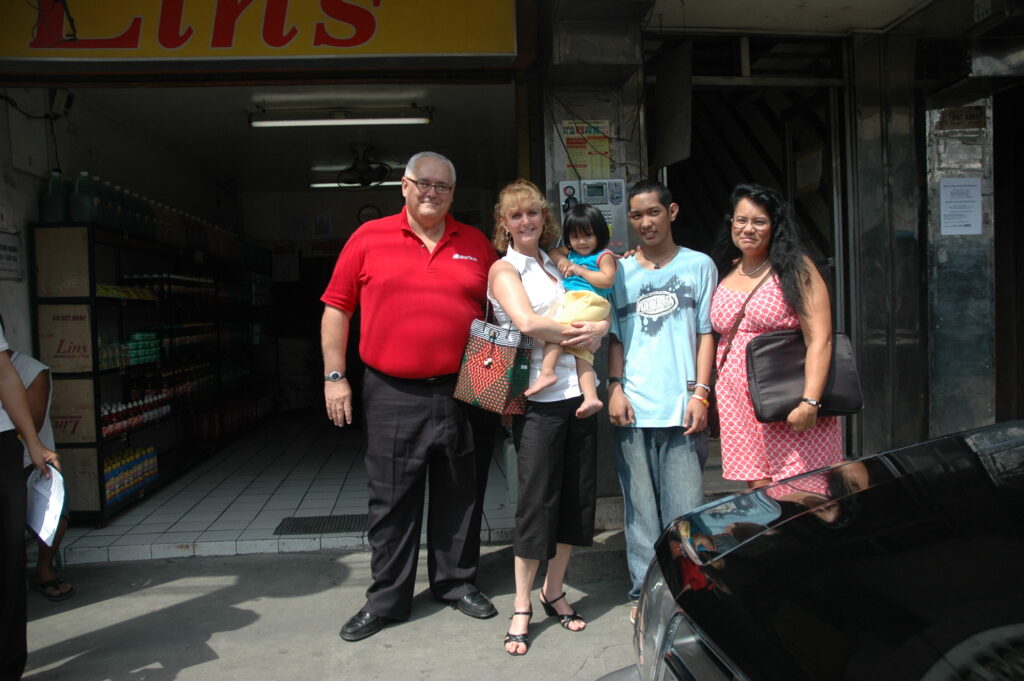
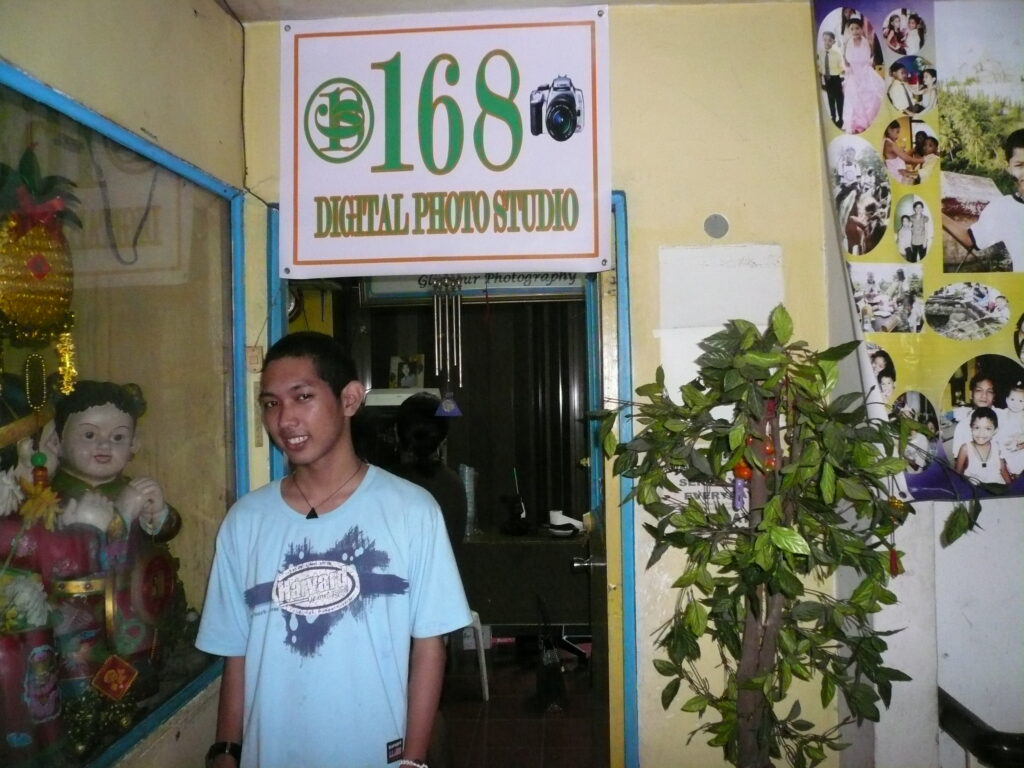
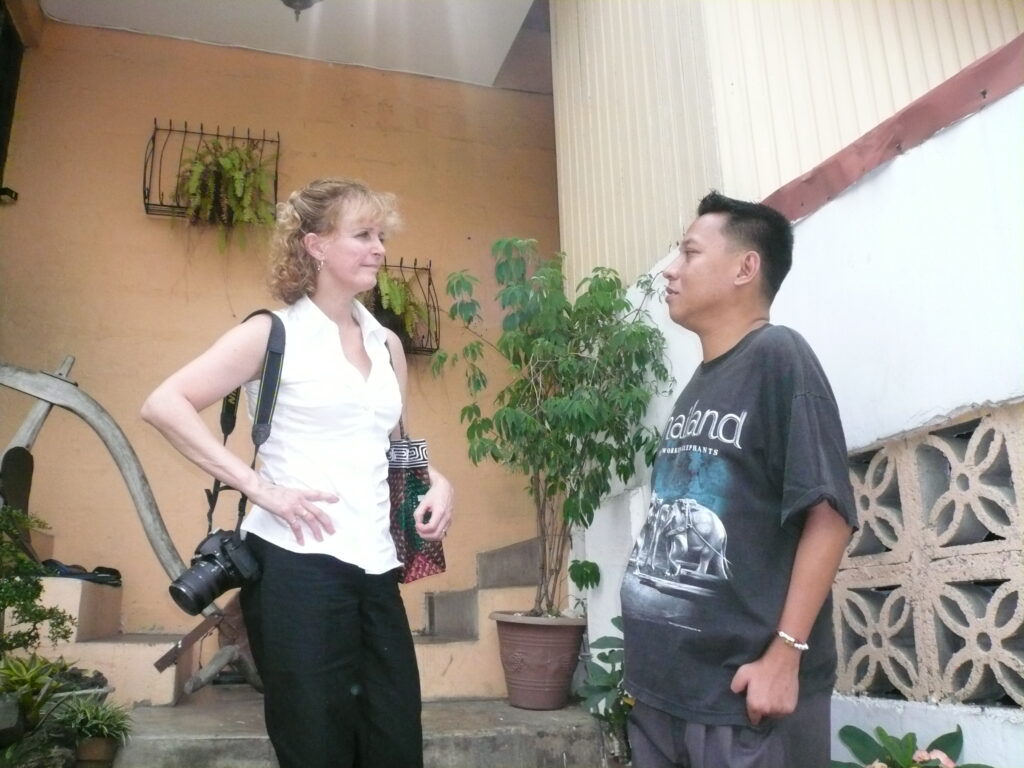
Randolph and Mel seem happy, despite the limited living space, limited money and no factor. They are grateful for everything they have. They share with us family photos in a small album, and express their hopes for their son to finish college and get a good career. So many hemophilia families in the developing world focus on education primarily. When you meet a child, you never ask “How old are you?” like we do in the States; you ask, “What class (grade) are you in?”
Soon it was time to move on. We said our good byes to Randolph and his family in the steamy air and set off back to the Columban Missionary house. The taxi pulled up the circular drive, surrounded by lush tropical plants, and Lila, the gorgeous young female boxer who stands guard at the entrance, greeted us. We had the rest of the evening to ourselves, to take notes, review our schedule, and email our families. Dinner is a communal affair, usually shared with visiting missionaries or with those who are posted in the city from many other countries. It’s a nice chance to dine with an Aussie, Fijian, or Irishman!
Read here for an article in the Manila press about our visit: http://netmail.verizon.net/webmail/driver?nimlet=deggetemail&fn=INBOX&page=3°Mid=21984&folderSelected=INBOX
On Thursday, October 16, we started our morning by visiting the government hospital, Philippines General Hospital (PGH). This hospital is free for patients, though patients still often must purchase everything related to medical care, from cotton balls to band aids to stitches for their own operations. It’s a large hospital, and the open corridors have a flurry of people walking quickly from place to place: doctors, patients, maintenance workers, surrounded by the ever present tropical plants and sunshine. Our entourage gets a lot of stares as we are obviously visitors, and there are not many visitors to the Philippines; at least, not to the hospital.
En route to our meeting, we scoped out Ronald, an adult admitted just a few days before with a bleed. It took a while to find him, as there is no computerized record for admissions–you have to flip through a big ledger book and ask directions a lot–but there he was, sitting up in bed, IV in hand for FFP, and a big smile on his face. Though happy to see him, we saw he was in the ER, a ward ringed with beds filled with patients in distress. He was flanked in either side by two men who were on respirators, meaning hand respirators. Life and death coexist intimately, daily and abundantly in the developing world.
We had a productive meeting with the hematology department; they’ve received factor from Project SHARE in the past and we answered their questions about future donations. Dra. Benitez gave a PowerPoint presentation about hemophilia treatment at the hospital. I was amazed to learn that in a city of 12 million, from 2003 to 2008 there were only 46 cases of hemophilia A admissions and only 5 hemophilia B! It seemed impossible. This is the hospital where the poor come when they need treatment. And then we realized that admissions includes repeats. In other words, hardly anyone comes to the hospital for treatment.
And the reasons they come? Nosebleeds. Tooth extractions. Dental bleeding. Very visible bleeds. Yes, patients do come for joint bleeds and GI bleeds, but I was really amazed to see the emphasis on gum and nose bleeds.
Why so few patients to the PGH?
Patients know that if they come, there is no factor. They stop coming, usually until it is too late. There is cryo and FFP, but they must pay for this and at $20 a bag, it’s beyond the reach of many. So they stay home and bleed out. This accounts for the high rate of joint deformities and deaths.
Hemophilia in the Philippines seems to operate in a crisis mode: and when the patient finally gets to the hospital in a crisis, it’s usually too late to fix. There are some success stories, but they are few. At least the hematologists were very engaged with us and eager to change the system. We spoke about funding a refrigerator for factor for the hospital, and trying to keep a steady supply of factor on hand for emergencies, which could be replenished.
Patients are in dire need of education about their condition: especially dental care. Dental bleeds are an easy thing to prevent with proper care!
After our meeting, we shook hands and headed off for Cebu. A 90 minute flight and we were there in this historic city, the beaches on which Magellan lost his life during his voyage to circumnavigate the globe.
Read here for video interview with Laurie in Manila:
http://blogs.inquirer.net/insidescience/2008/10/15/understanding-hemophilia/

